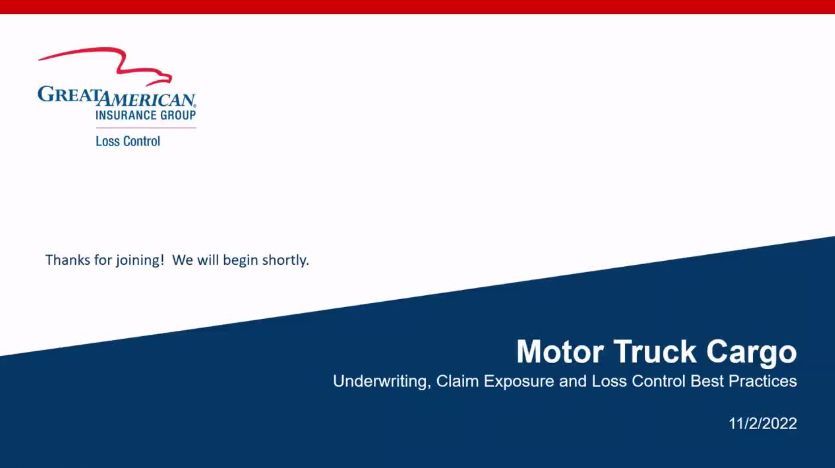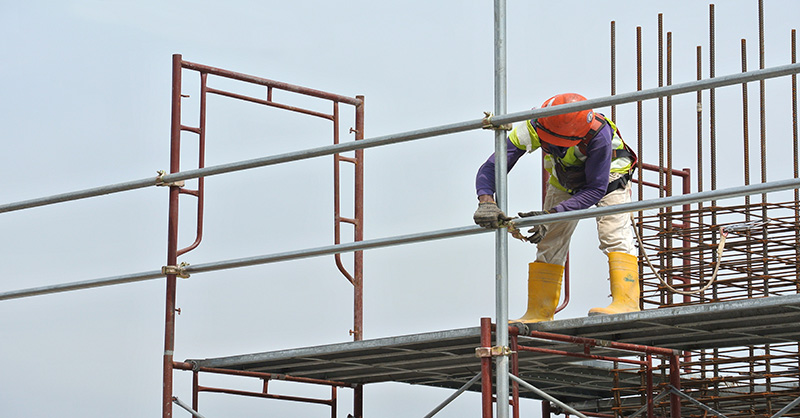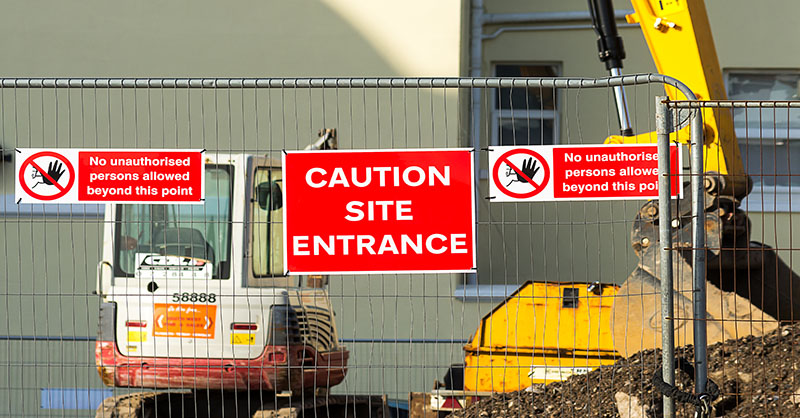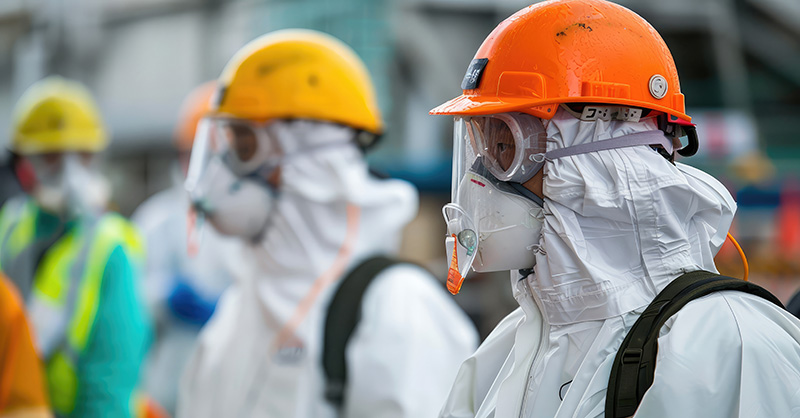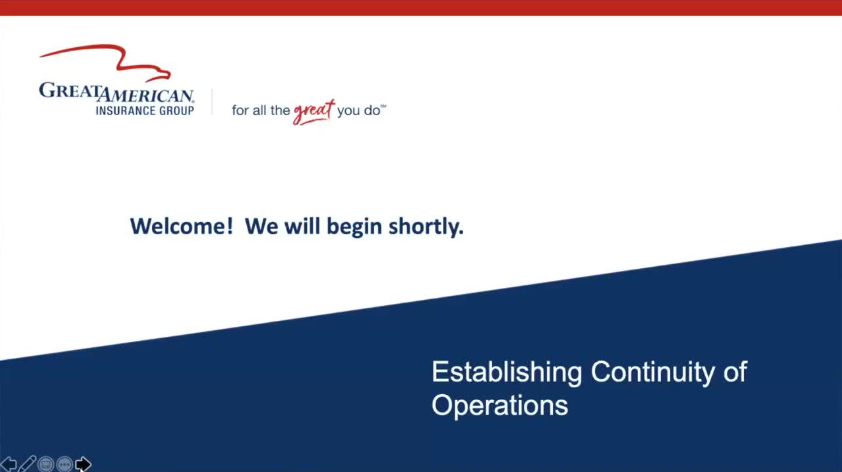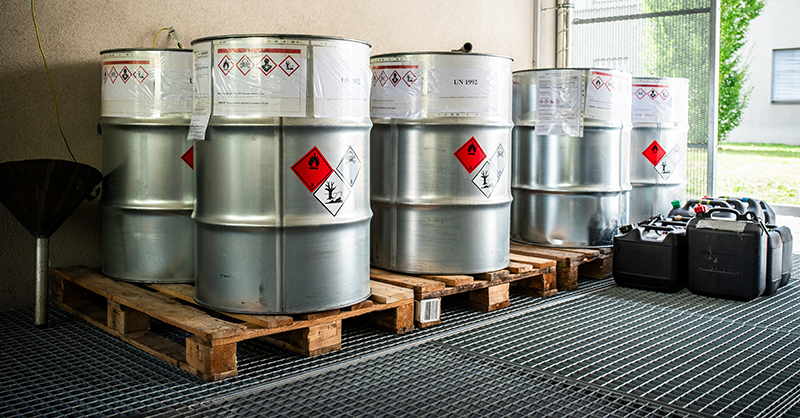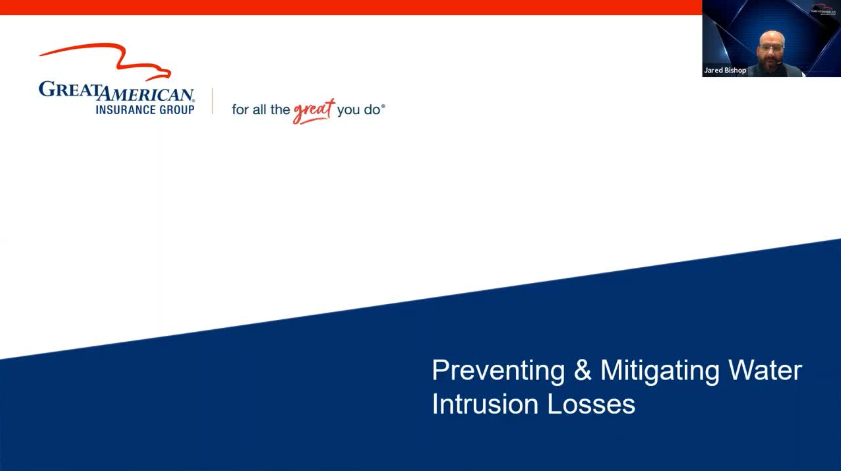How to Help Prevent Workplace Violence in the Construction Industry

Workplace violence is a serious concern in the construction industry. It encompasses acts or threats of physical violence, harassment, intimidation, and other disruptive behaviors that can occur at the job site. As construction employers, managers, and supervisors, it is important to establish effective prevention programs to help ensure the safety and well-being of all employees.
Key Elements of Violence Prevention Programs
To effectively address and mitigate risks associated with workplace violence, programs should include several key elements. The following should be incorporated into any violence prevention strategy for construction sites:
- Management Commitment and Worker Involvement: Leadership should actively support violence prevention efforts by establishing accountability on this issue. This can include involving workers in developing and implementing prevention strategies that are adaptable to varying situations on construction sites. This could include addressing graffiti in common spaces such as portable toilets and gathering areas at projects.
- Worksite Analysis: Conduct a thorough assessment of the work environment to identify potential risks. This could include developing a questionnaire to better understand workplace violence on your project. Consider factors such as job tasks, project location, and interactions with colleagues or other trades.
- Hazard Prevention and Control: Implement measures to reduce risks, such as utilizing the buddy system and controlling access to certain areas during specific times. Workers should be trained to recognize and respond to potential threats.
- Safety and Health Training: Provide training on violence prevention, conflict resolution, and de-escalation techniques. Many projects require this as part of their site orientation process, which all workers must complete before their first shift. Educate workers about reporting incidents promptly and without fear of reprisal. Train workers on recognizing signals for higher-risk situations, and discuss scenarios and resolution techniques as part of that training.
- Recordkeeping and Program Evaluations: Maintain records related to incidents, corrective actions, and training. This data can help gauge the effectiveness of the program over time. Regularly evaluate the effectiveness of your prevention program. This should be done annually at a minimum.
Adopting a Public Health Approach for Your Construction Company
Adopting a public health approach can enhance violence prevention efforts. This strategy includes various steps and requires collaboration among multiple stakeholders, as outlined below:
- Define the Problem: Understand the specific challenges related to violence on construction sites.
- Identify Risk and Protective Factors: Recognize factors that contribute to or mitigate violence.
- Develop and Test Prevention Strategies: Implement evidence-based interventions.
- Implement and Disseminate: Roll out prevention programs widely.
- Evaluate and Improve: Continuously assess the effectiveness of prevention efforts.
Remember, violence prevention is something everyone needs to have a role in. The phrase, “If you see something, say something,” is particularly appropriate in these situations. By prioritizing safety, promoting awareness, and implementing practical measures, we can help create construction sites where workers feel more secure and protected, which can in turn help them be more productive. That is how everyone can win.




